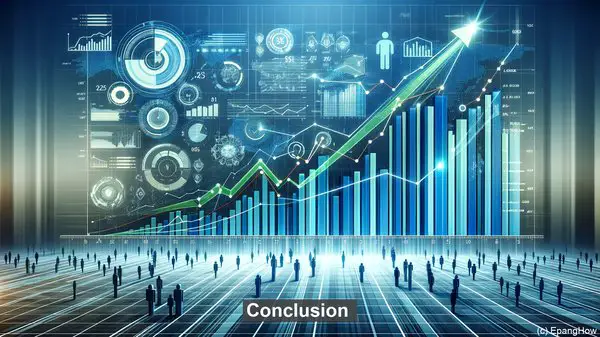Introduction
Hello everyone! Welcome to our article on the difference between output gap and potential output. These are two important concepts in economics that help us assess the performance and potential of an economy. Let’s dive in!
Defining Output Gap
The output gap refers to the difference between the actual output of an economy and its potential output. In simple terms, it measures the underutilization or overutilization of resources in an economy. When the actual output is below the potential output, there is a negative output gap, indicating a slack in the economy. Conversely, when the actual output exceeds the potential output, there is a positive output gap, suggesting an overheating economy.

Understanding Potential Output
Potential output, on the other hand, represents the maximum sustainable level of output an economy can produce over the long run. It is often associated with full employment, where all available resources, such as labor and capital, are efficiently utilized. Potential output is influenced by various factors, including the size of the labor force, technological advancements, and the level of capital investment.
Significance of Output Gap
The output gap is a crucial indicator of an economy’s health. A negative output gap suggests an underperforming economy, with unused resources and potential for growth. It may indicate a recessionary phase, with high unemployment and low production. On the other hand, a positive output gap can be a sign of an economy operating beyond its sustainable capacity, leading to inflationary pressures and the potential for an economic downturn.

Policy Implications
The understanding of output gap and potential output is vital for policymakers. In times of a negative output gap, expansionary policies, such as fiscal stimulus or monetary easing, may be implemented to boost economic activity. Conversely, during a positive output gap, contractionary measures, like tightening monetary policy, may be necessary to curb inflationary pressures. The goal is to bring the economy back to its potential output level, ensuring stability and sustainable growth.
